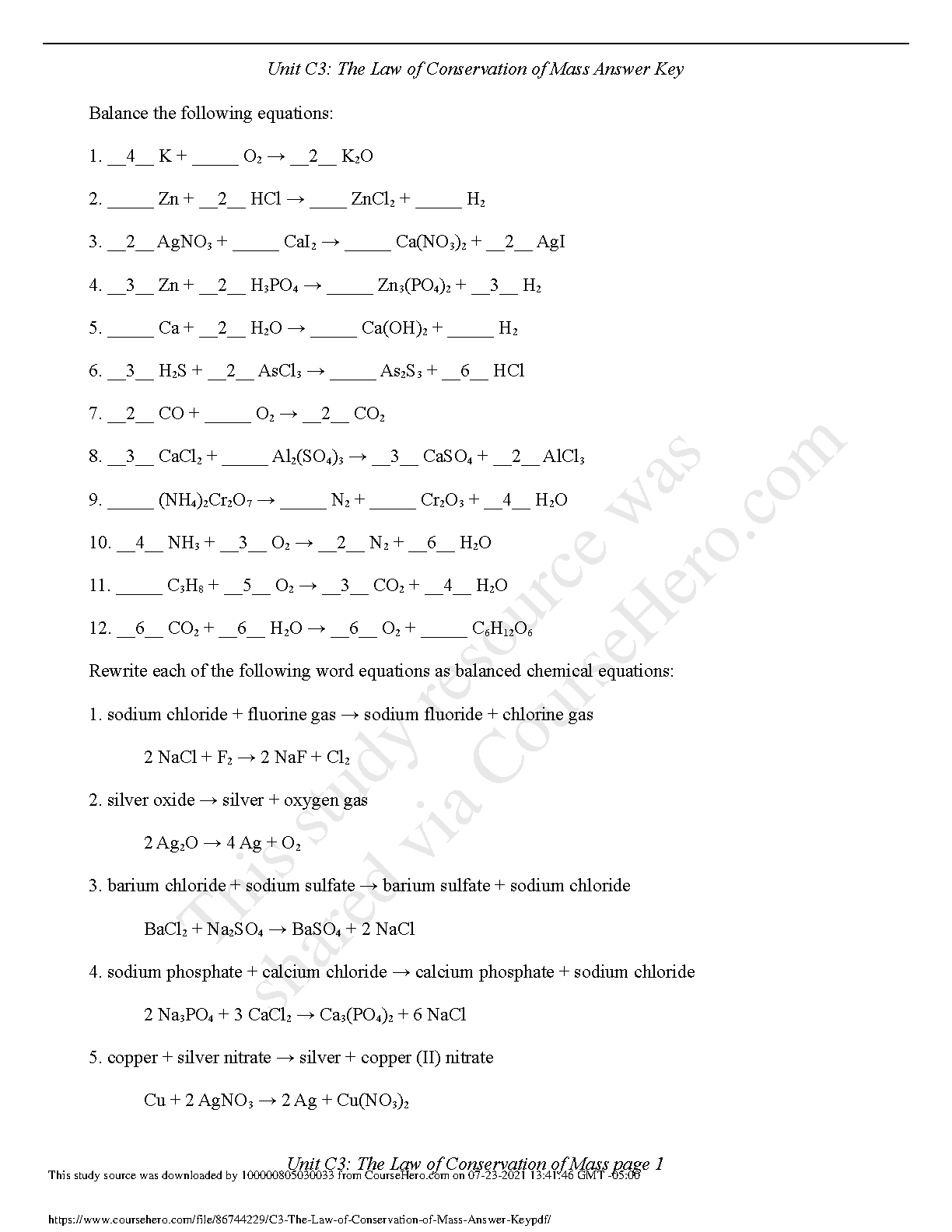{{ price(item.price, true) }}
 Account
Account
 Home
Home
 Categories
Categories
AQA Papers & Mark Schemes
AQA 2023
WGU C215
WGU C777
WGU C182
WGU C723
WGU C838
WGU C779
WGU C785
WGU C165
WGU C202
WGU C172
WGU C168
WGU C107
WGU D440
WGU C790
WGU D116
AQA A Level & AS Level Notes
WGU C810
WGU C170
WGU C554
WGU C720
WGU C207
WGU C963
WGU C157
NR667
WGU C100
WGU C175
WGU C453
WGU C365
RELIAS
WGU D486
WGU D115
WGU C784
WGU D033
WGU C173
WGU D027
NUR 3227
NUR 215
NURS 5220
AGRADE
NRNP 6675
TEAS 7
WGU C233
TEAS
Medical Surgical PN HESI
NURS 5462
NR 601
N/A
AHIT
Technical & Repair Manuals
TEST BANKS
HESI
OCR PAPERS & MARK SCHEMES
AHIP
NCLEX
ATI
EDEXCEL
iHuman
NAPRx
WGU C214
AQA GCSE COMBINED SCIENCE QUESTION PAPERS AND MARK SCHEMES
AQA GCSE QUESTION PAPERS AND MARK SCHEMES
A Level & AS Level Notes
MDC
Exam Elaborations
APEA
TNCC
Wonderlic
NBME
TMC
Prophecy RN
NRNP
VATI
APEX
HESI A2
EMT FISDAP
ITIL
Agile Safe
NSG
NBRC TMC
Straighterline
PAX
Prophecy Medical Surgical
Prophecy Pacu
Rasmussen Pharmacology
BIO 152
NR 667
PN ADULT MED SURG
PN ADULT MEDSURG
NR 507
NR 602
NR
ANCC
CNPR
ENPC
CHEM 103
OCR GCSE
NCCT
CMP
WGU C105
Guam
Crossfit
Texas All Line
Smart Serve
AMLS
ATI Dosage Calculation
MN 551
Case Study
EMT BLOCK
EXCEL CRASH COURSE
USPS
Mental Health PN HESI
NUTRITION 101
RELIAS DYSRHYTHMIA
 Prepaid credits
Prepaid credits
 Blog
Blog
 Collection
Collection
 Privacy policy
Privacy policy
 Terms and conditions
Terms and conditions
 Support
Support





















